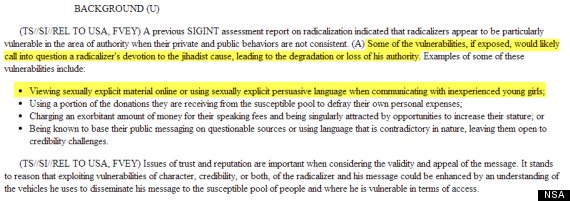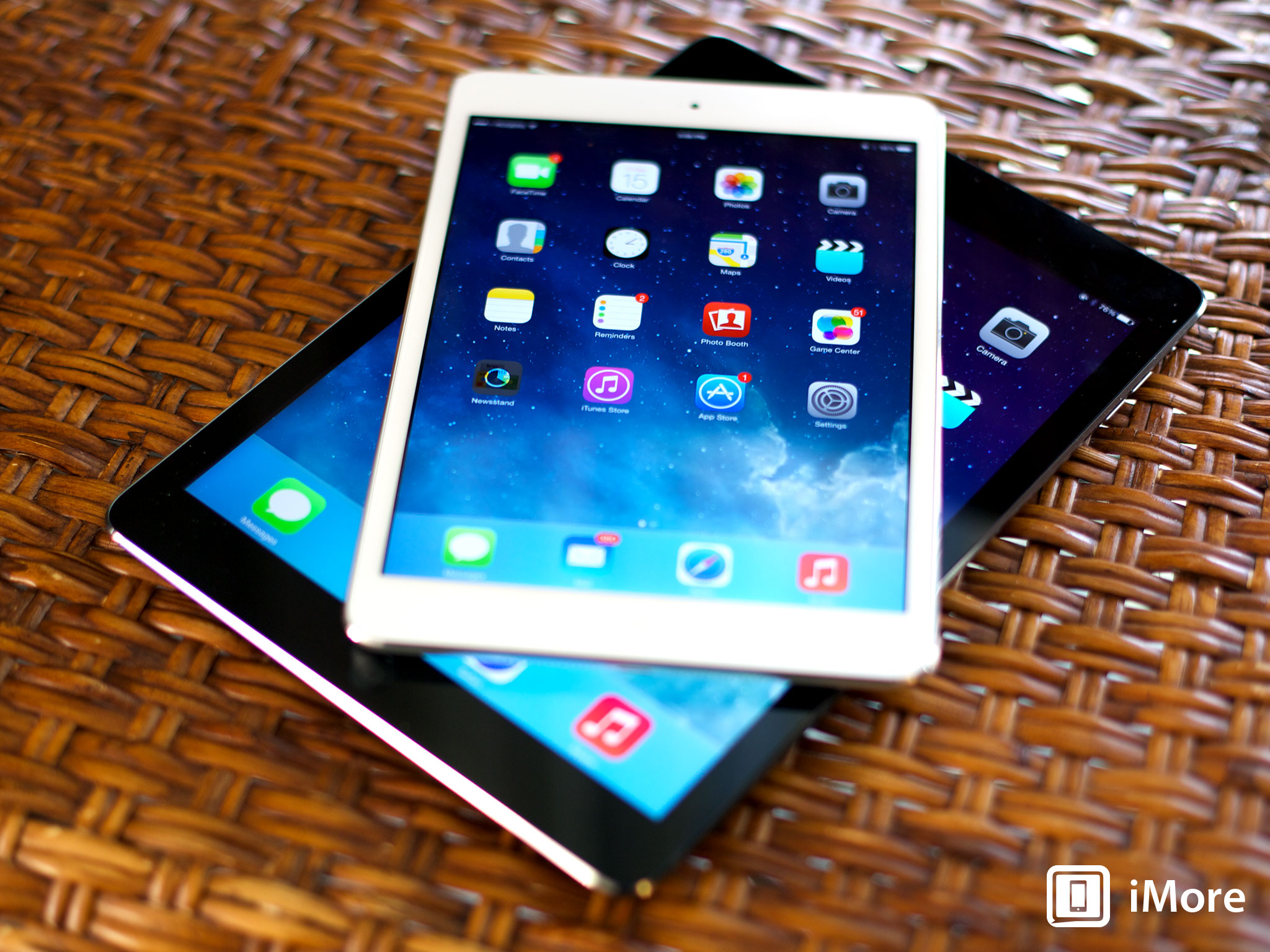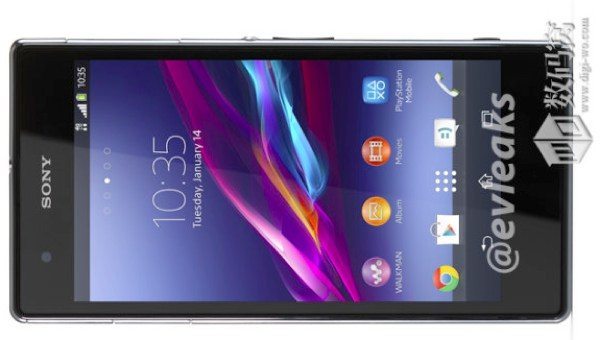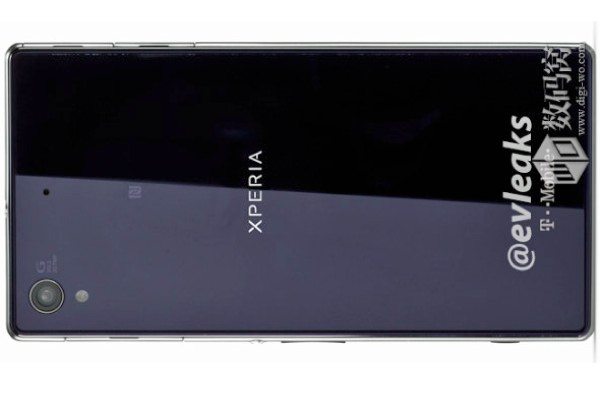
Let's get something out of the way before you get too deep into
this review: the Nokia Lumia 2520 is Nokia's first Windows RT 8.1
tablet. While that's all fine and dandy, you must realise it competes
directly with the Surface 2, the tablet-laptop combo with Microsoft's
many hopes and dreams pinned on it.
Microsoft is also in the middle of buying Nokia. That means you mig
ht
never again see a Windows RT tablet with Lumia branding. Microsoft -
should it get the official nod to complete its buyout of Nokia - may
want to axe the Lumia 2520 and any possible successor in favour of its
Surface line.
Nokia hasn't been gobbled up yet though, so it's still chugging along
and introducing new products. You can therefore think of the Lumia 2520
as either a competitor or an alternative to the Surface 2. And if you
need help determining whether you should spend your hard-earned cash on
it rather than a Surface or, indeed, other non-Windows tablet then
continue reading to see what we make of it.
Design
The Lumia 2520 is unmistakably a Lumia device; it actually looks like
the Nokia Lumia 1520, albeit on steroids. However, instead of comparing
it to a Windows 8 smartphone, we'll stick to Windows RT tablets.
Specifically, the Surface 2 which we also had to hand in the office
during this review period.
Nokia has a very different design approach than Microsoft. The
Surface 2 is a somewhat bulky, geometric and angular device made of
magnesium alloy, whereas the Lumia 2520 is curvy, bright-coloured, and
built from polycarbonate plastic. Nokia's 10.1-inch screen slate is
8.9mm thick and weighs 615g. That means it is smaller and lighter than
the Surface 2, making it more portable.
The 2520 comes in four colours and two finishes, depending upon the
colour you choose. The red and white versions have a glossy finish on
the rear, while the black and cyan versions are more matte. We have a
black version from AT&T over in the US, which looks sleek and
modern. It even reminds us of the Nexus 7 a bit, even though the Lumia
is much larger and heavier than Google's tablet.
One other thing we couldn't help but notice: there's some serious
branding on the back. Nokia, AT&T, 4GLTE, NFC, Zeiss - they're all
visible in big, bold print. This sort of thing doesn't bother us much,
but we can see how design freaks might prefer a cleaner,
less-in-your-face layout. Whether this will be the same, or at least
similar, on the UK version we're yet to find out.
Overall, this is a quality widescreen tablet; it looks and feels excellent. Kudos, Nokia. Kudos.
Hardware
Unlike the Surface 2, the Lumia 2520 does not have a kickstand or full-size USB port. Sad face.
It does however have a micro USB 3.0 port, micro HDMI port, microSD
card slot to add in up to an extra 64GB of storage as an affordable
extra, and a pin-locked SIM door. And, if you get Nokia’s Power
Keyboard, which we unfortunately didn't have for this review, you will
get two full-size USB ports. That's when it turns into far more the
laptop-replacement device.
Speaking of accessories, Nokia doesn't include any in the box. The
Lumia 2520 comes with a proprietary connector, and that's it. It's a
shame really, especially because the Power Keyboard is really necessary
for using this tablet as a laptop. Without it, the Lumia 2520 is your
standard high-end tablet. But then it's keeping the market competitive:
the Surface 2 also doesn't ship with a keyboard.
As far as other hardware bits go, you'll find a volume toggle,
power/lock button, 3.5mm headphone jack, and 2.5mm power port. There's
not a lot of clutter along the edges, just what you need arranged in a
sensible fashion and nothing more than that. Simples.
Display
The Lumia 2520 has a stunning 10.1-inch widescreen screen with a
1080p resolution. It's coated with Corning Gorilla Glass 2, which -
let's be real - is like a standard on mobile devices these days, or even
the latest Gorilla Glass 3 which isn't apparent here. What is apparent
is the pixel density: it looks great, delivering 218ppi to your retinas.
We looked closely and only saw a few instances of pixelation with text,
but things mostly looked crisp and sharp, and the viewing angles were
phenomenally good too.
The real jaw-dropper is the brightness or "luminance" level. Nokia
puts it around 650 nits. That's like 250 nits more than the Surface 2,
which means you can use this bad boy in almost any lighting condition.
In our testing, on an overcast day, the IPS LCD display performed well
when outdoors. We did strain our eyes a wee bit when the sun came out
from behind the clouds, but by comparison to what else is out there it's
a feature that you're going to want.
The only real "con" to this display, so to speak, is the 16:9 aspect
ratio. Widescreen is ideal for watching movies, but it's not so optimum
if reading eBooks in portrait is your main thing.
Performance
The Lumia 2520 runs Qualcomm's quad-core 2.2GHz Snapdragon 800 chip -
another similarity to the Lumia 1520 phablet - a processor that is most
commonly found in top-spec Android smartphones. The Lumia 1520 is the
first Windows RT tablet to make use of the 800, and Nokia has paired it
with a quad-core Adreno 330 GPU and 2GB of RAM.
Microsoft's Surface 2, on the other hand, uses Tegra 4. Both chips
work fine and can definitely handle Windows RT. With the Lumia 2520,
specifically, we had no problem swiping through menus, launching apps,
toggling apps, playing HD video, gaming, etc.
Connectivity
There's one huge thing the Lumia 2520 has that the Surface 2 doesn't:
built-in LTE, meaning you can't buy the Lumia 2520 as a Wi-Fi-only
tablet. Not yet, at least. This is a real clincher when trying to decide
between the Lumia 2520 and Surface 2. Why? The Surface 2 doesn't even
have LTE, at least not until next year, which leaves you linked to the
Wi-Fi.
The Lumia 2520 is therefore truly mobile. Whether you want to call
these products "tablets", "laptops" or even "combo"/"hybrid" devices,
the point is: they're mobile. You are supposed to use them while on the
go rather than being saddled to a desk and a computer chair. Nothing is
more mobile than cellular connectivity. Without it, you really can't get
too far away from a Wi-Fi signal.
Our review sample is based in the States, so we're running our price
calculations in USD because at the time of writing we don't know exactly
how much the 2520 will be in the UK, or if it will be launched as a
Wi-Fi only, buy-outright device option too.
The Lumia 2520 offers both Wi-Fi and LTE, and it's only $50 more than
the Surface 2. You don’t get the 200GB of SkyDrive storage or a premium
Skype membership that the Surface 2 offers, but those perks are child's
play compared to true mobility. We've found it to be of use while out
and about.
Battery
The Lumia 2520 has a 8,120mAh battery. That's impressive, considering
the tablet's small form factor. We got 12 hours of use out of it over
the weekend, wiling away the hours watching video after video via Wi-Fi.
That's about one-hour less than what the Surface 2 can supposedly do.

Yes, the battery life will let you play games and browse the web
practically all day without a problem, but we think the bigger selling
point is the battery's ability to charge super fast. Nokia said the
battery can charge up to 80 per cent of its capacity in an hour. And the
company wasn't lying: we were able to drain our battery, then plug the
Lumia 2520 into an outlet, and be out of the door with a full charge 75
minutes later. Amazing. This allowed us, again, to be truly mobile.
If you need even more juice then you can always buy Nokia's Power
cover. It offers five hours of extra battery life - but we've not been
able to test it out for this review.
Software
The Lumia 2520 is the first device from Nokia to use the
tablet-optimised Windows RT 8.1 software. It's not a scaled-up version
of Windows Phone 8 as many had thought would be the case.
Windows RT and Windows Phone 8 do have a similar design, but both
platforms are drastically different from each other. So much so that
mobile apps on your Nokia Lumia smartphone aren't accessible on the
Lumia 2520 and vice versa. Different systems for different things. Yep,
we know, this naming convention is quite confusing - we think Microsoft
could have simplified it all.
The Lumia 2520 comes with all of Microsoft's new default apps,
including Food and Drink, Health and Fitness, and so forth. Nokia,
meanwhile, has added its own apps on top, just like the Lumai 1520:
Nokia Camera, Nokia Music, Nokia Storyteller, and Nokia Video Director
all make an appearance. That's one up on Microsoft.
Otherwise, Windows RT 8.1 hasn't changed much compared to the
original 8.0 version. You can still snap two apps side by side, conduct a
system-wide Bing search, and make use of Microsoft’s Office suite which
comes free with the 2520, pre-installed and pinned to the desktop.
Speaking of the RT desktop, it's a bit of a strange one: there's no
dedicated tile for traditional Desktop on the Lumia 2520. Instead you
have to search for it.
Lastly, we have to mention the app situation. It's lacking, as you
probably know. Windows RT 8.1 has thousands of apps, but it's nowhere
near Apple's app ecosystem. Standard apps like Netflix, Facebook,
Twitter are available, and Microsoft is consistently promising to get
more third-party developers on board.
As for traditional x86 apps like IM or photo editors, there is,
again, not much available because the ARM-based RT doesn't support full
file installs as you'd get in the full version of Windows. That means,
for example, a full-blown Photoshop isn't possible - not that it'd be
practical - but so long as you know that in advance of purchase then
that's just fine.
The Lumia 2520 can certainly handle more than what's offered in the
Windows Store, but if you wanted to use it as a full laptop with all
sorts of quirky software on there then there's no workaround to set it
up as so. A beefier alternative would be the Surface Pro 2.
Power Keyboard
As we said earlier, the Lumia 2520 pretty much needs the Power
Keyboard. Not only for "kickstand" purposes, but also for basic things
like typing quickly. It's simple, really: the tablet's user interface is
best suited for widescreen viewing, not so much widescreen hands-on;
the ratio and 10.1-inch size makes using your thumbs to type on display
very taxing.

During set-up, our thumbs grew weary within minutes, and we longed to
have a keyboard for typing in passwords, designating PC names, and just
doing anything. It would have made the at first blush experience a bit
more enjoyable. Thus, as you might imagine, long-term use would also be
much more enjoyable with a keyboard.
We cannot contemplate using the Lumia 2520 as a daily PC without the
Power Keyboard. Good news, then, that at the time of writing you can get
a free one with the purchase of a Lumia 2520 - if you're in the US
anyway. That's a $150 saving. The deal lasts only until 2 December, so
grab yours now via
Nokia's Lumia 2520 webpage.
Camera
As much as we generally despise using tablets as cameras, there is
the occasional use for it. Nokia usually makes a big song and dance
about its PureView cameras, but the Lumia 2520 hasn't been designated
with this apparent class of excellence. The spec sheet describes the
6.7-megapixel sensor as no more than a "camera" and a rear-facing one at
that. It does come with a wide-aperture f/1.9 lens, though, the same as
found in the Nokia Lumia 720. It's a great camera for tablets but not
exactly a prize-winning sensor for smartphones. Lumia 1020, this isn't.
Check out the gallery below for some test shots of the rear-facing
camera. It's a great excuse to look at our latest addition to the
family: Brando, the Russian Blue kitten. Makes it all worth it.
Still, when it comes to looking good on camera, there are issues.
Sharpness isn't awful bad, but there's obvious amounts of colour noise
on show - just take a look at the flecks of green, red and blue through
the fur.
There's also a 2-megapixel front-facing camera with an f/2.4 lens for
video chats and still image capture. Again, it works, and it's spot on
for Skype, just don't expect anything amazing in terms of memorable
capture.
Verdict
We like the Nokia Lumia 2520. Its colourful looks are great and
it performs well: there's that really bright screen, built-in LTE for
on-the-go connectivity and an affordable price tag out in the States.
How that will translate into UK pricing we're yet to see, but fingers
crossed it's competitive compared to the Surface 2.
The Microsoft sort-of competitor Surface 2 may have a kickstand and
more USB ports at a slightly better price, but it doesn't offer the same
mobile connectivity. That said, Nokia’s first Windows RT 8.1 tablet
would be even better if it wasn't 16:9 ratio for better reading in
portrait format, weighed less or had its own kickstand, or at least the
keyboard came included.
All nitpicking aside, the Lumia 2520 is probably the best thing on
the market for people looking to buy a tablet that doubles as a laptop.
Be warned: you'll still need the Power Keyboard, and even then it's
still not the perfect solution for hopeful hybrid users. That's largely
because of Window's app ecosystem, but there's enough in there for the
core stuff to get you by and we think casual business users will find it
worthy.
Don't expect any successor to the Lumia 2520 to be the answer you're
looking for either. With Microsoft acquiring Nokia, the chances of
seeing another Windows RT 8.1 from Nokia are pretty slim. Maybe we'll
get luminescent Surface devices in 2014 instead.











































